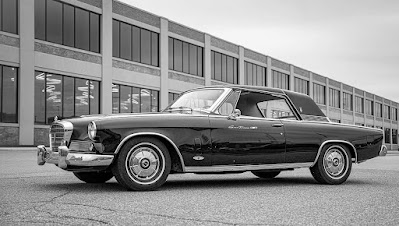Not exactly twins, except for show confusion arising during 1959 with David Janssen's Richard Diamond and Mike Conners' Tightrope. It was the first detective series for both actors and both were on CBS. Myth has it that some figured Janssen starred in both series.
Miserly Duo
Character actors Charles Lane (1905-2007), at left, and Will Wright (1894-1962) might be confused because of similar casting. Though eleven years separated them, they started careers about the same time. Known as curmudgeons, short-tempered or miserly businessmen, both had prolific film careers. Lane's indelible claim to fame was as the mean-spirited Homer Bedloe on the television series, Petticoat Junction, a spin-off of The Beverly Hillbillies, where he crossed over as Bedloe at least once.
Character actors Charles Lane (1905-2007), at left, and Will Wright (1894-1962) might be confused because of similar casting. Though eleven years separated them, they started careers about the same time. Known as curmudgeons, short-tempered or miserly businessmen, both had prolific film careers. Lane's indelible claim to fame was as the mean-spirited Homer Bedloe on the television series, Petticoat Junction, a spin-off of The Beverly Hillbillies, where he crossed over as Bedloe at least once.
Over the years there has been some television role confusion between Raymond Bailey (1904-80), at left, and Frank Wilcox (1904-74). Both of these actors had recurring roles on The Beverly Hillbillies and both were the same age. Each was often cast as a businessman, a judge, or another career professional in film westerns, and television dramas or comedies.




























